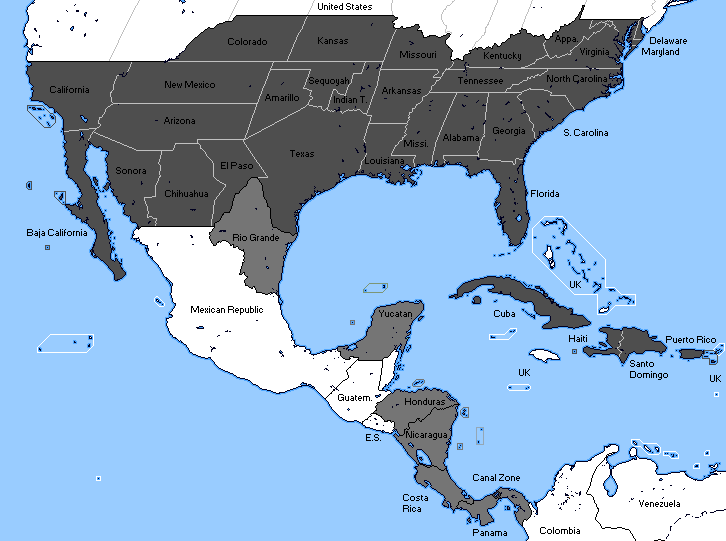The most wild maps I saw included Idaho in the Midwest so I figure that's entirely reasonable. Of course, I'm neither Midwestern nor a New Yorker (though I am Pennsylvanian, if only by birth!) so I don't know how inflammatory such a statement might be.
Naw, I think Idaho is wild too, it's Mountain West through and through.
I'd like to ideally slap Upper Michigan, Wisconsin north of the namesake and Fox Rivers, and Minnesota into its own "Northwoods/Upper Midwest" region and slap Iowa, northern Missouri, and the Dakotas in with the Great Plains region, so that the remainder of the Midwest in your map plus my additions can be an overall "Great Lakes/Midwest Proper" region. Minneapolis and Duluth and Marquette different, from Fargo and Des Moines and Bismarck different, from Chicago and Columbus and Pittsburgh, and all that. No worse than the Northeast being safely divided into New England and the Mid-Atlantic.
American regions would be far easier to classify if people could accept different parts of states being parts of different regions.

